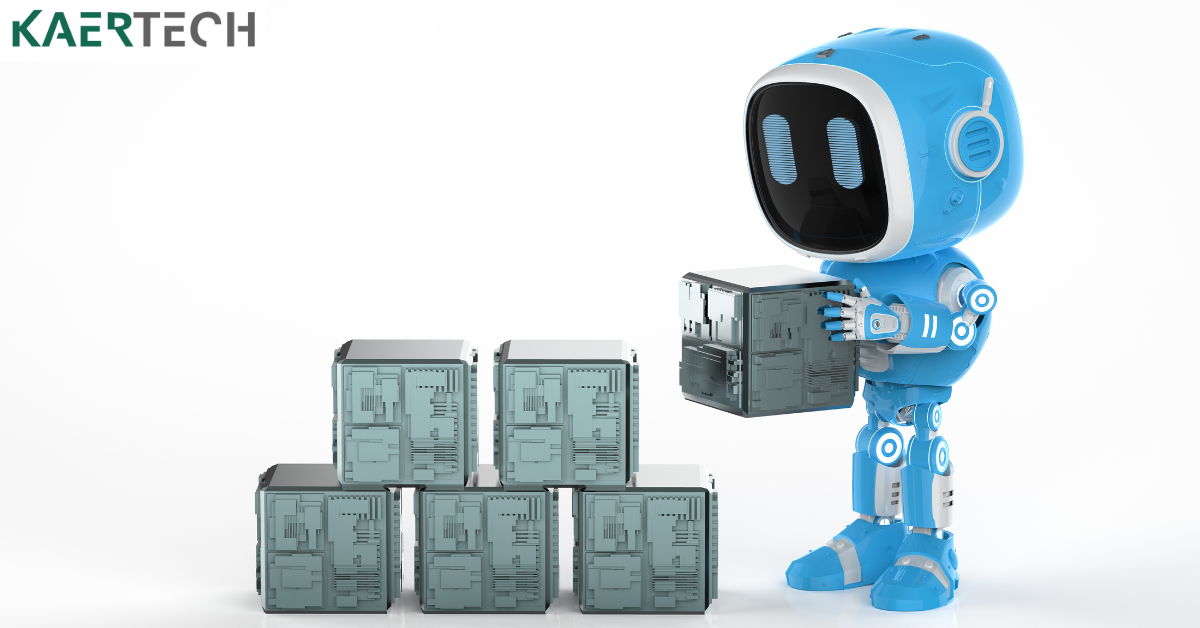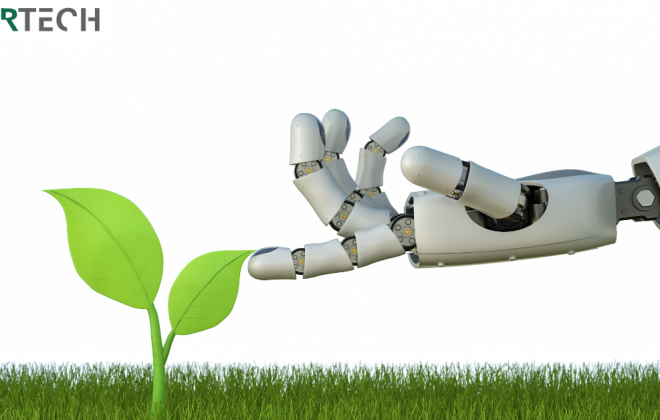Smart Factory: A Deep Dive into IoT Technologies
In the ever-evolving landscape of manufacturing, the concept of the traditional factory is undergoing a profound transformation. Enter the era of “Smart Factory”—where Internet of Things (IoT) technologies are revolutionizing production processes, optimizing efficiency, and driving innovation like never before.
Understanding Smart Factories and IoT
Smart factories integrate IoT devices, sensors, and data analytics to create interconnected systems that streamline operations, enhance productivity, and enable predictive maintenance. This convergence of physical manufacturing processes with digital technologies is reshaping the way products are made. As a result, disrupting traditional manufacturing paradigms.
Key Components of Smart Factories
- IoT Sensors: These devices collect real-time data from machinery, equipment, and production lines. This provides insights into performance metrics, operational efficiency, and potential maintenance issues.
- Data Analytics: Advanced analytics algorithms analyze the vast amounts of data generated by IoT sensors, uncovering patterns, trends, and anomalies. This can inform decision-making and drive continuous improvement.
- Automation: Smart factories leverage automation technologies such as robotics and machine learning to automate repetitive tasks. This can improve precision and increase overall production efficiency as well.
- Predictive Maintenance: By analyzing machine data in real-time, smart factories can predict equipment failures before they occur. This will enable proactive maintenance and minimize downtime.
Benefits of Smart Factories
- Increased Efficiency: IoT-enabled automation and data analytics optimize production processes, reducing waste, minimizing downtime, and maximizing resource utilization.
- Improved Quality Control: Real-time monitoring and predictive analytics ensure product quality consistency and enable rapid response to deviations or defects.
- Enhanced Flexibility: Smart factories are more agile and adaptable to changing market demands. This allows manufacturers to quickly reconfigure production lines and introduce new products.
Case Study: A Manufacturer’s Journey to Smart Factory
Let’s take a closer look at one manufacturer, a leading player in the industry, and their transition to a smart factory model. By integrating IoT technologies into their production facilities, they achieved a 30% increase in productivity, a 20% reduction in operational costs, and a significant improvement in product quality and customer satisfaction.
The Road Ahead: Embracing the Smart Factory Revolution
As we look to the future, the smart factory revolution shows no signs of slowing down. Manufacturers across industries must embrace IoT technologies and digital transformation initiatives to stay competitive, drive innovation, and unlock new opportunities for growth.
Conclusion: Transforming Manufacturing with IoT
In conclusion, smart factories powered by IoT technologies represent the future of manufacturing—a future characterized by increased efficiency, improved quality, and greater agility. By harnessing the power of IoT, manufacturers can unlock the full potential of their operations and pave the way for a new era of innovation and productivity in the industry.
For further insights into the device development and manufacturing, stay tuned to our blog for upcoming articles and expert analysis. Make sure to follow our Facebook Page as well so you will be updated with the latest news.
Facebook: Kaertech
Want to learn more what we can do? Check this out.
Tags In
Related Posts
Leave a Reply Cancel reply
Categories
- Barrier (2)
- Business (11)
- Engineering (6)
- Green (3)
- Guides (11)
- Innovation (11)
- Insights (17)
- Inspiration (11)
- Internet of Things (10)
- Manufacturing (16)
- Product Development (5)
- Quality (1)
- Safety (4)
- Security (1)
- Smart Factory (3)
- Sustainability (6)
- Technology (9)
- Tips & tricks (12)
- Uncategorized (1)




